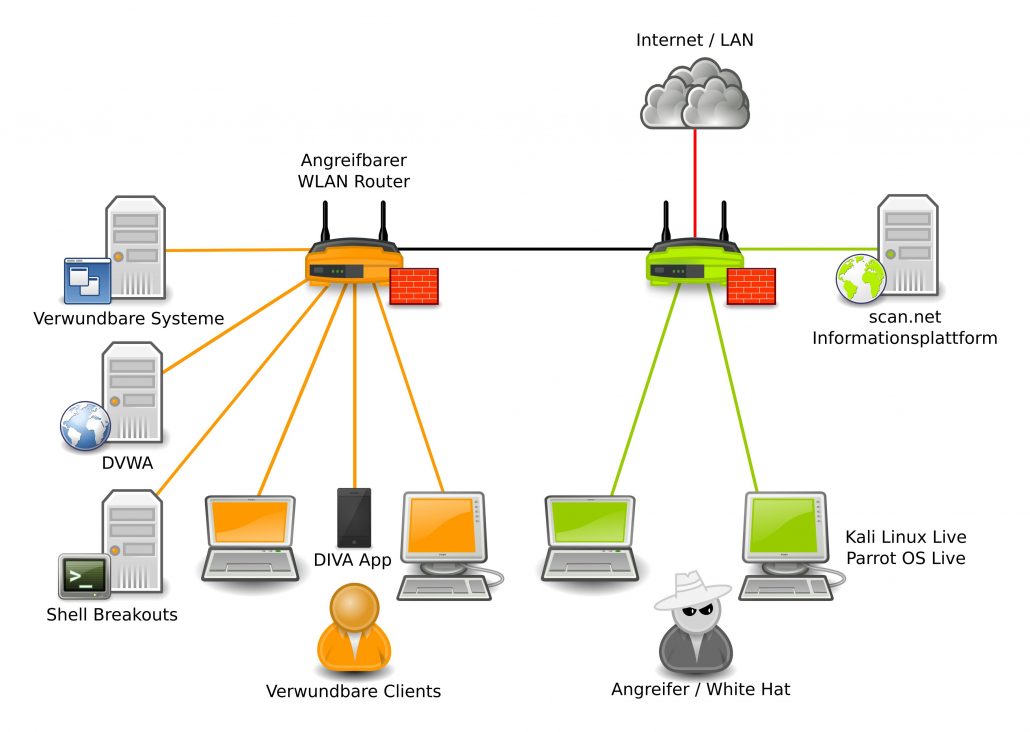Listeners make predictions about upcoming sentence material during language processing. Monolingual English and monolingual German listeners can use contrastive pitch accents to predict upcoming referents (e.g. Ito & Speer, 2008; Weber, Braun, & Crocker, 2006). For example, when hearing Click on the blue book. Click on the RED… (where CAPS indicate a contrastive pitch accent), adults predict that the noun book will be repeated. This leads to facilitative processing if book is actually repeated and to a prosodic garden-path effect if another noun follows red. In contrast, adults are reliably less likely to make the same prediction when hearing Click on the blue book. Click on the red… (without a L+H* accent), suggesting that the prediction is driven by the prosody.
In this talk, I will present results from an eyetracking study that extends these previous findings from monolinguals to German-English bilinguals and that explores the role of recent exposure for predictive processing. The results suggest that bilinguals use the same prosodic cue differently in their L1 and their L2. Specifically, the bilinguals in the study show the same patterns of results in their L1 than monolingual native speakers: they engage in predictive processing in their L1 and this predictive processing is modulated by whether or not the speaker has previously used the prosodic cues consistently. In contrast, bilinguals do not initially engage in predictive processing in the L2 and are less sensitive to whether or not the speaker uses the prosodic cues consistently. I argue that the results are most compatible with a resource-deficit account of second language processing.
Bio:
Dr. Anouschka Foltz received a Magister Degree from the University of Mannheim in 2003. Her Magister thesis, supervised by Prof. Rosemarie Tracy, was an empirical study comparing native (American) and non-native (German) speakers’ argumentative discourse in English. In 2000/2001, she had the opportunity to study abroad at the University of North Carolina at Chapel Hill and gain her first teaching experience at the Department of Germanic Languages and Literatures.
In 2010, Dr. Foltz received both an M.A. and a Ph.D. in Linguistics from The Ohio State University. Her Ph.D. dissertation, entitled “The Effect of Pitch Accents and Boundary Tones on the Interpretation of L+H* Accents”, was supervised by Prof. Shari Speer. During her time at The Ohio State University, she mostly worked on sentence processing and the production and comprehension of prosody in adults. She also taught numerous undergraduate classes. After completing her Ph.D., Dr. Foltz spent four years working as a postdoctoral researcher in the Collaborative Research Centre 673 “Alignment in Communication” at Bielefeld University. During this time, she worked with the principle investigators Prof. Prisca Stenneken, Prof. Philipp Cimiano, and PD Dr. Katharina Rohlfing. Most of this work focused on syntactic and lexical alignment phenomena in both children and adults. She has been the Lecturer in Psycholinguistics at Bangor University since 2014.
Date and place:
June 27, 2018
S.1.05, 14-15:30












